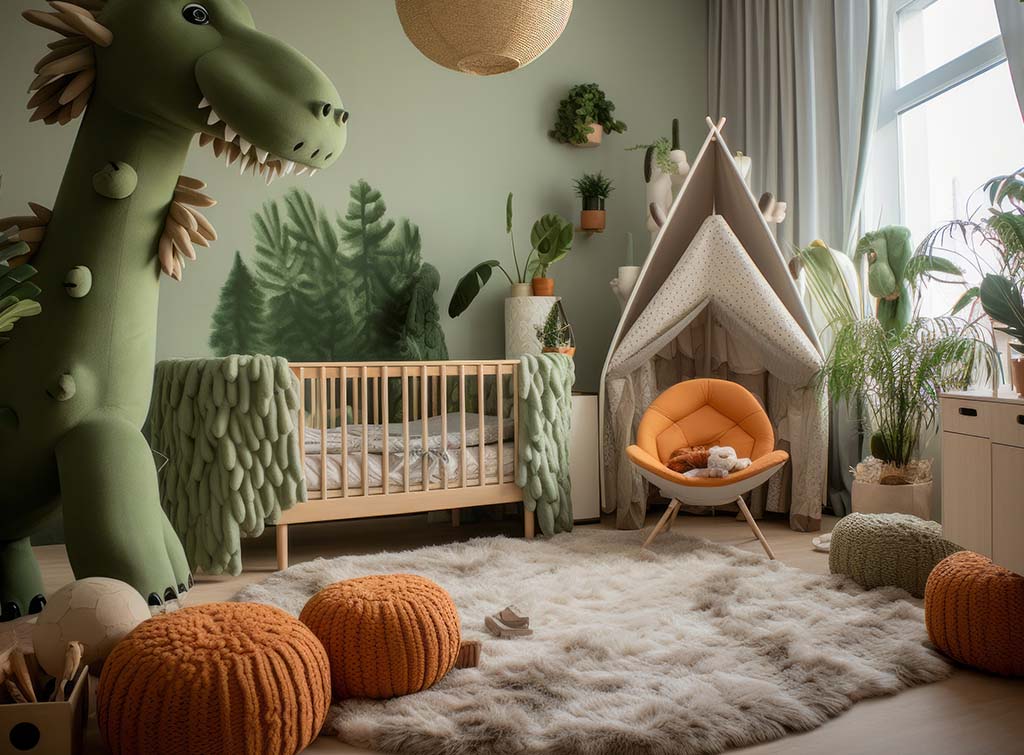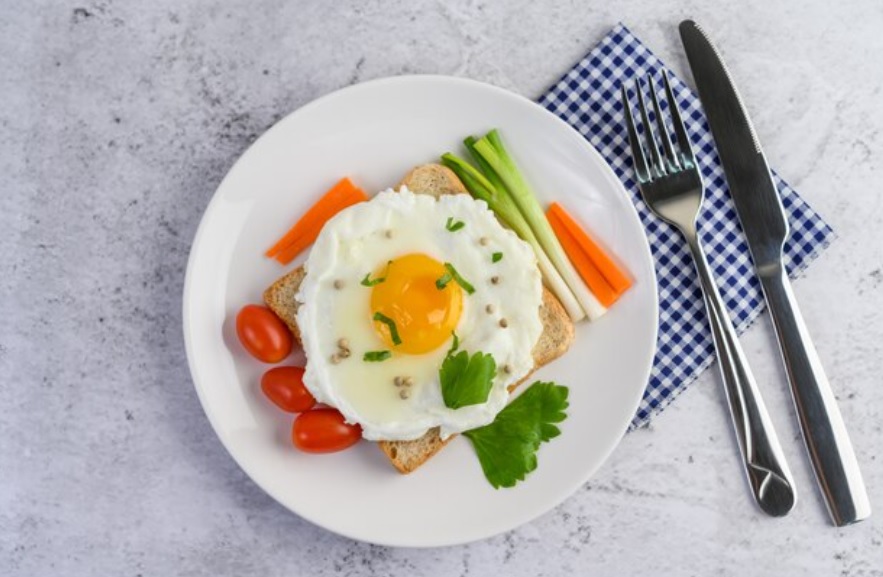Exploring Creative Vegetable Garden Box Ideas
When it comes to growing your own vegetables, thinking outside the box can lead to bountiful harvests and eye-catching gardens. Let’s delve into some innovative vegetable garden box ideas that will elevate your edibles and transform your outdoor space into a verdant paradise.
Raising the Bar: Elevated Garden Boxes
Elevated garden boxes offer numerous benefits for vegetable gardening enthusiasts. Not only do they provide better drainage and soil quality, but they also make planting and harvesting a breeze. Consider building raised garden boxes using materials like wood, metal, or composite materials, and elevate your vegetables to new heights. Raised garden boxes are particularly useful for urban gardening or areas with poor soil conditions, allowing you to grow a variety of vegetables in limited space.
Mixing it Up: Companion Planting in Boxes
Companion planting is a gardening technique where different plants are grown together to benefit each other. Get creative with your vegetable garden box layout by mixing and matching compatible plants to create a harmonious and productive growing environment. For example, plant tomatoes with basil to improve flavor and deter pests, or grow beans near corn to provide natural support for climbing. Companion planting not only maximizes space but also promotes healthy growth and reduces the need for chemical pesticides.
Going Vertical: Trellises and Climbing Vegetables
Maximize your growing space by incorporating trellises and climbing vegetables into your garden box design. Vertical gardening not only saves space but also adds visual interest and dimension to your garden. Train vining vegetables like cucumbers, peas, and beans to climb trellises or arbors, freeing up valuable ground space for other crops. You can also use vertical structures to create shaded areas for cool-season crops or provide habitat for beneficial insects and pollinators.
Thinking Inside the Box: Container Gardening
For those with limited outdoor space or poor soil conditions, container gardening offers a versatile and portable solution for growing vegetables. Get creative with your container choices by repurposing items like buckets, barrels, or even old furniture to create unique planting vessels. Container gardening allows you to grow a variety of vegetables, from herbs and salad greens to tomatoes and peppers, on balconies, patios, or even indoors. Plus, container gardening makes it easy to move plants around to optimize sunlight and growing conditions.
Edible Landscaping: Integrating Vegetables into Ornamental Beds
Why relegate vegetables to a separate garden space when you can incorporate them seamlessly into your ornamental landscape? Edible landscaping combines the beauty of ornamental plants with the functionality of edible crops, creating a stunning and productive garden that is both visually appealing and practical. Mix vegetables like kale, Swiss chard, and colorful peppers with flowers, shrubs, and ornamental grasses to create a diverse and attractive garden that delights the senses.
Seasonal Succession Planting: Extending the Harvest
Seasonal succession planting ensures a continuous harvest throughout the growing season by staggering the planting of different vegetables. Get creative with your planting schedule by planting cool-season crops like lettuce and radishes in spring, followed by warm-season crops like tomatoes and peppers in summer, and finishing with fall crops like broccoli and kale. By planting strategically, you can extend your harvest and enjoy fresh vegetables throughout the year.
DIY Delights: Building Your Own Garden Boxes
Building your own garden boxes is a rewarding DIY project that allows you to customize the size, shape, and materials to suit your needs. Get creative with your designs by incorporating features like built-in benches, trellises, or compost bins. Whether you’re using reclaimed wood, recycled plastic, or galvanized metal, building your own garden boxes allows you to create a personalized and sustainable growing space that reflects your style and values.
Integrated Pest Management: Natural Solutions for Pest Control
Instead of relying on chemical pesticides, consider implementing integrated pest management (IPM) techniques to control pests in your vegetable garden boxes. Get creative with your pest management strategies by attracting beneficial insects like ladybugs and lacewings to prey on harmful pests, using physical barriers like row covers or netting to protect plants from pests, and practicing crop rotation to disrupt pest life cycles. By taking a holistic approach to pest control, you can maintain a healthy and thriving vegetable garden without harming beneficial insects or the environment.
Artistic Arrangements: Designing with Vegetables
Who says vegetable gardens can’t be aesthetically pleasing? Get creative with your garden box design by arranging plants in artistic and visually appealing patterns. Experiment with geometric layouts, spiral gardens, or themed designs like a rainbow garden or a pizza garden. Not only do these artistic arrangements add visual interest to your garden, but they also make planting and harvesting more enjoyable and engaging for gardeners of all ages.
Innovative Irrigation Solutions: Water-Wise Gardening
Save time and water in your vegetable garden boxes by implementing innovative irrigation solutions like drip irrigation, soaker hoses, or self-watering containers. Get creative with your irrigation system by incorporating rainwater harvesting barrels, smart irrigation controllers, or even DIY solutions like using recycled bottles or containers to water plants efficiently. By practicing water-wise gardening techniques, you can conserve water, reduce runoff, and promote healthier, more resilient plants in your vegetable garden boxes.
Read more about vegetable garden box ideas










